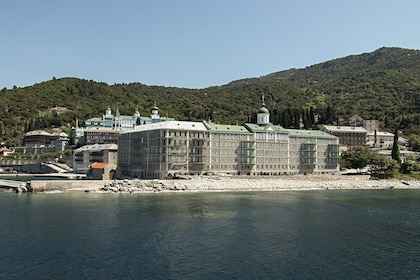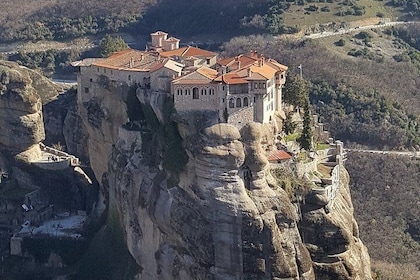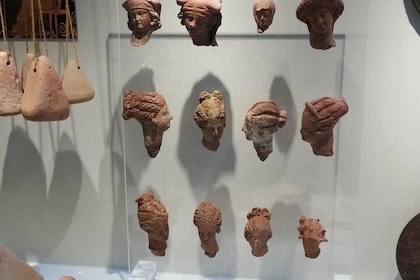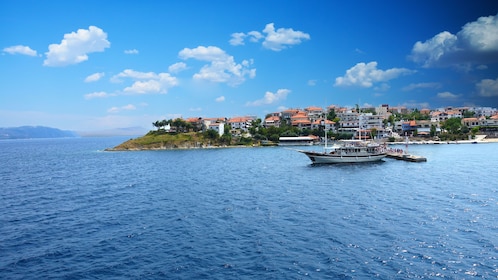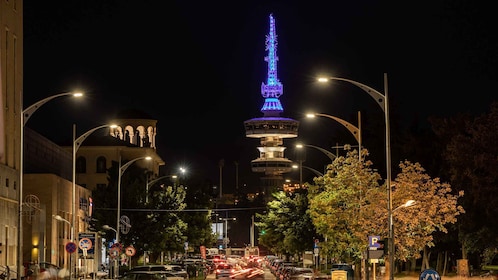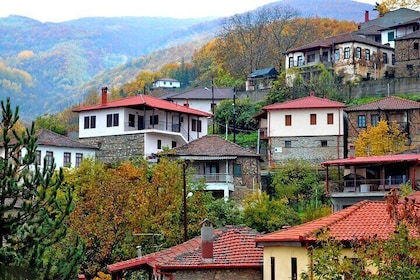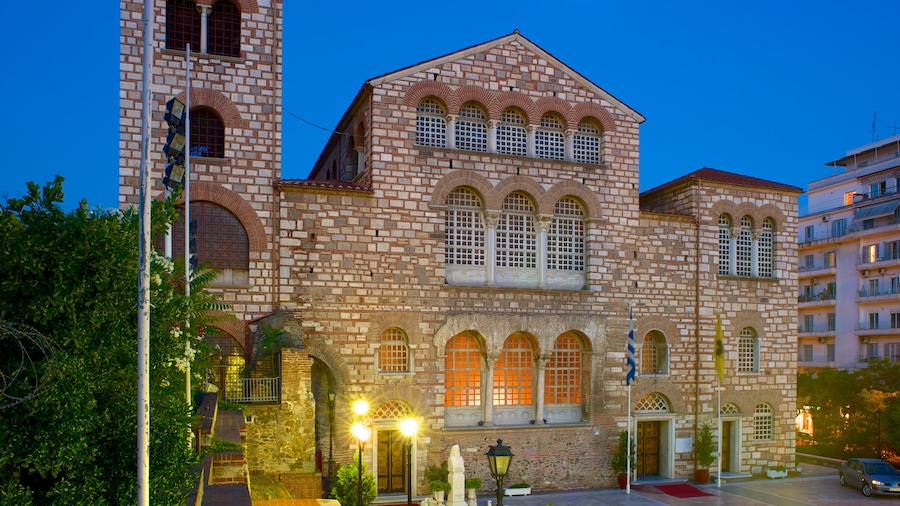Dating back to the 4th century B.C., these striking walls are a beautiful example of Thessaloniki’s ancient architecture and a reflection of the city’s long history.
The Byzantine Walls stretch around Thessaloniki’s modern city centre. Bordered by contemporary homes, restaurants and shops, these historic fortifications demonstrate the tangible links that exist between the city’s past and present. Aside from the walls’ architectural and cultural significance, their tall defence towers offer panoramic views over the city and Thermaikos Gulf.
The original walls were constructed as far back as 315 B.C. The walls you see preserved today were built later, in the 4th century A.D. These Byzantine walls incorporate aspects of the earlier walls, along with stones and marble taken from the city’s Roman monuments. Large parts of the walls were demolished in the late 19th century in order to expand the city.
Beginning at the west end of Egnatia Road, follow the walls as they curve up the hill. Stop to admire the suns, crosses and other symbols carved along their length, which reflect classical Greek and early Christian motifs.
Continue to the highest part of the wall, which joins with the city’s Acropolis. This citadel once served as the city’s second line of defence against sieges. Dating back more than 2,000 years, the Acropolis ruins mainly consist of some remaining pieces of the former building’s walls.
At the northern part of the Acropolis, look out for the remains of the Eptapyrgio. This fortress served as last line of defence against attacks if the outer fortifications of the city were breached.
Follow the east gate out of the Acropolis and head towards the Tower of Trigonion, which was added to the wall in the late 15th century. Climb to the top of the tower to see views that, on a clear day, stretch as far as Mount Olympus.
The Byzantine Walls are located in Ano Poli (Upper City), which can be reached on local bus lines. This scenic older area of the city is particularly pleasant to explore on foot.













